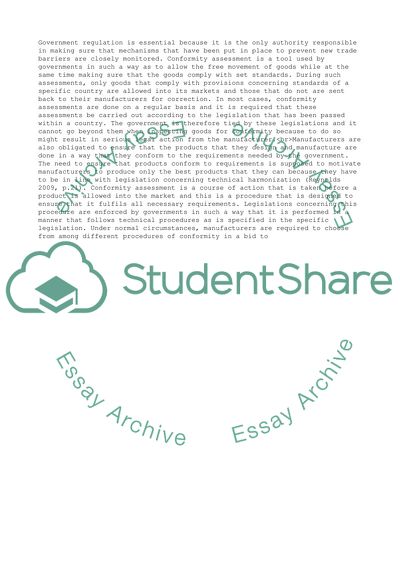Cite this document
(“Non tariff barriers to trade in IT products Essay”, n.d.)
Non tariff barriers to trade in IT products Essay. Retrieved from https://studentshare.org/business/1672151-non-tariff-barriers-to-trade-in-it-products
Non tariff barriers to trade in IT products Essay. Retrieved from https://studentshare.org/business/1672151-non-tariff-barriers-to-trade-in-it-products
(Non Tariff Barriers to Trade in IT Products Essay)
Non Tariff Barriers to Trade in IT Products Essay. https://studentshare.org/business/1672151-non-tariff-barriers-to-trade-in-it-products.
Non Tariff Barriers to Trade in IT Products Essay. https://studentshare.org/business/1672151-non-tariff-barriers-to-trade-in-it-products.
“Non Tariff Barriers to Trade in IT Products Essay”, n.d. https://studentshare.org/business/1672151-non-tariff-barriers-to-trade-in-it-products.


